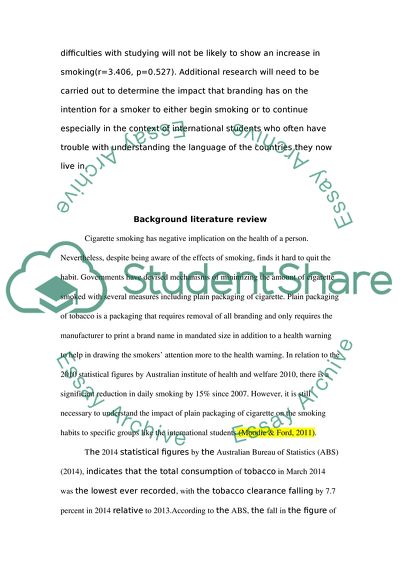Cite this document
(“Quantitative Methods for Social Health Research Essay - 2”, n.d.)
Quantitative Methods for Social Health Research Essay - 2. Retrieved from https://studentshare.org/nursing/1701706-quantitative-methods-for-social-health-research
Quantitative Methods for Social Health Research Essay - 2. Retrieved from https://studentshare.org/nursing/1701706-quantitative-methods-for-social-health-research
(Quantitative Methods for Social Health Research Essay - 2)
Quantitative Methods for Social Health Research Essay - 2. https://studentshare.org/nursing/1701706-quantitative-methods-for-social-health-research.
Quantitative Methods for Social Health Research Essay - 2. https://studentshare.org/nursing/1701706-quantitative-methods-for-social-health-research.
“Quantitative Methods for Social Health Research Essay - 2”, n.d. https://studentshare.org/nursing/1701706-quantitative-methods-for-social-health-research.


